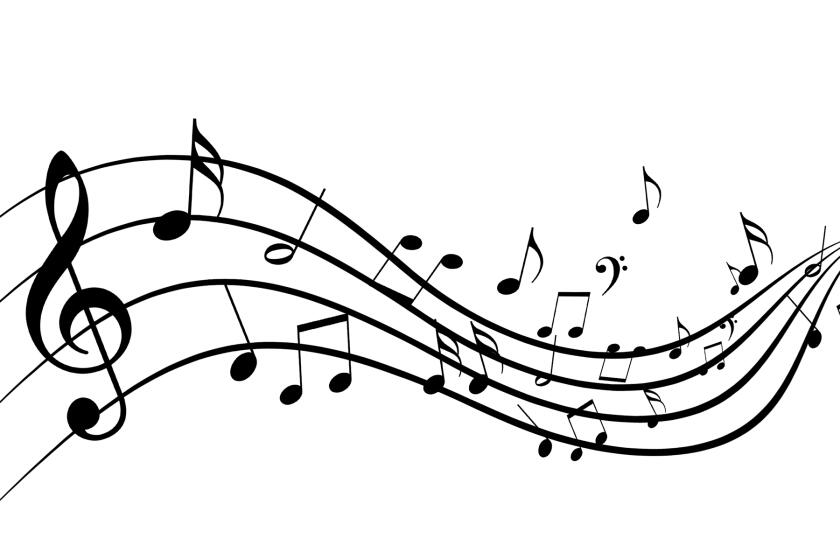Ham radio still thriving
By Emily Sorensen
Think ham radio has gone the way of the dodo? Think again, because amateur (also known as ham) radio is not only thriving, but it’s also essential in assisting during an emergency.
Don’t let the name fool you. Amateur radio isn’t something that anyone with a walkie-talkie can do. The federal government requires all amateur radio operators to take a test and be licensed in order to use the radio channels for amateur radios, as well as have call signs.
For Charlie Ristorcelli of Poway (call sign NN3V), it’s more than just an occasional fun hobby. Raised overseas where there was little infrastructure, he grew up with amateur radio being used to radio between towns for needed supplies and listening to shortwave radio for news.
After receiving his amateur radio license in 1976, Ristorcelli began collecting amateur radio equipment -- everything from hand-built kits to more modern, advanced equipment. He also used his amateur radio knowledge in the military, where in the Gulf War he was involved in setting up one of the first computer-to-computer amateur radio systems, used to communicate ship-to-shore with packet radio. “It was the dawn of packet radio tech, which was like email,” said Ristorcelli.
Ristorcelli uses his vast array of amateur radio equipment to help in emergencies as well. Amateur radio is a huge benefit in emergencies, especially when cellphone and telephone systems become overloaded and inoperable. Hams (as amateur radio operators are known as) can use high frequency (HF) antennas to reach across the city, state, country or even the globe, depending on the size and strength of the antenna.
Ristorcelli used his equipment to communicate with ham radio operators in Louisiana during Hurricane Katrina, then communicated their positions to the Coast Guard via the Internet, allowing the Coast Guard to send out boats and rescue the stranded hams.
Hams were crucial in assisting emergency services such as police, fire and ambulances in disasters such as 9-11, Hurricane Katrina and the San Diego wildfires, transmitting information after cellphones stopped working. “The beauty is that the communication methods are common worldwide,” said Mike Binder (call sign N6OHS), an amateur radio operator who works with the Rancho Bernardo Amateur Emergency Services. Binder said that firefighting and police teams from different areas have different protocols and often can’t communicate with each other. Hams act as the bridge, providing information in emergencies to the various groups at no cost to the public. “On an emergency basis, we’re a lot more transparent.”
Being a ham in the Poway and Rancho Bernardo area isn’t easy, however. Antenna restrictions mean that most HF antenna aren’t allowed to be put up, meaning many hams are restricted to shorter distance communication. The fact that Poway is in a bowl makes things even more difficult, bouncing the outgoing signal back unless certain frequencies and antennas are used.
“If we had a major emergency, we’d be in trouble,” said Wayne Zimmerman (call sign NN6R), who is a certified member of the Poway Community Emergency Response Team (CERT), which he says does not use amateur radio like many other CERT units in other cities. Zimmerman began using amateur radio at 13, mostly to be able to speak to his friend when their parents wouldn’t let them tie up their four-party phone line.
Hams were also a huge help during the 2011 power outage. The Palomar Amateur Radio Club, using their access to HF antennas, broadcasted messages across Southern California, passing information about accidents and other needed information to police, fire and emergency services.
“Hams are going to get on the radio and help,” said Zimmerman. “Use us, or we’re going to do it on our own.”





